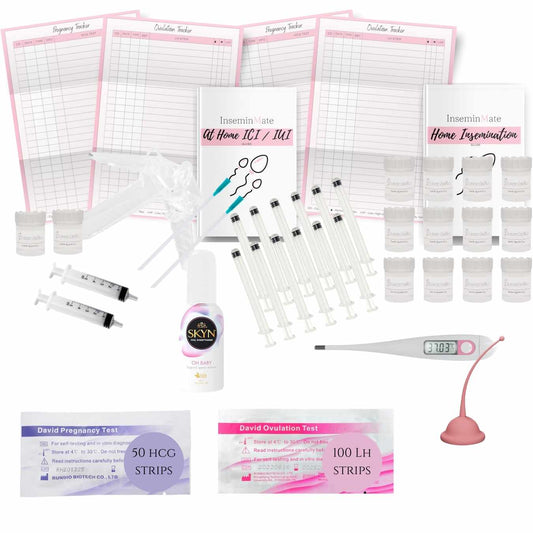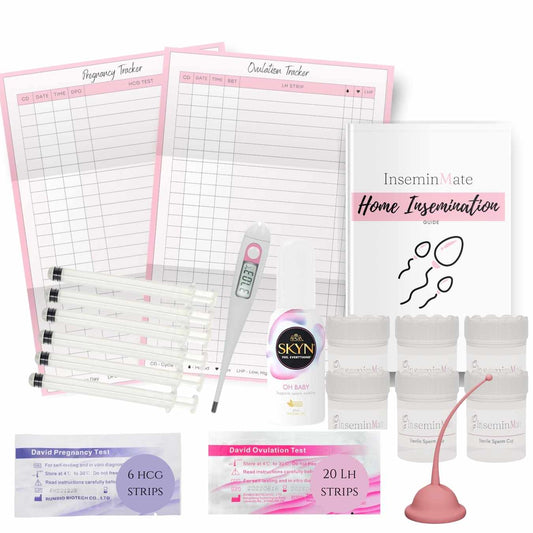Artificial insemination is a popular fertility treatment that helps many couples who struggle with infertility to conceive a child. But what is the percentage of getting pregnant with artificial insemination? In this blog post, we will explore the success rates of artificial insemination.
The success rates of artificial insemination can vary depending on several factors such as the age of the woman, the quality of the sperm, and the timing of the procedure. According to the American Pregnancy Association, the success rate of artificial insemination can range from 5% to 25% per cycle.
For women under the age of 35, the success rate of artificial insemination can be as high as 15% per cycle. This percentage drops slightly for women between the ages of 35-40, with a success rate of 10-12% per cycle. Women over the age of 40 may have a lower success rate, ranging from 2-5% per cycle.
It is important to note that the success rate of artificial insemination can increase with the use of fertility medications that stimulate ovulation. This can be especially helpful for women who have irregular periods or do not ovulate regularly.
It is also essential to remember that the success of artificial insemination is not guaranteed, and multiple cycles of the procedure may be necessary to achieve a successful pregnancy. In some cases, couples may choose to combine artificial insemination with other fertility treatments such as in vitro fertilization (IVF) or intracytoplasmic sperm injection (ICSI) to increase their chances of success.
In conclusion, the success rate of artificial insemination can vary depending on several factors, and it's important to speak with a healthcare professional about the best treatment options for your specific needs. While the success rate may not be 100%, artificial insemination can be an effective way to overcome fertility challenges and conceive a child.




